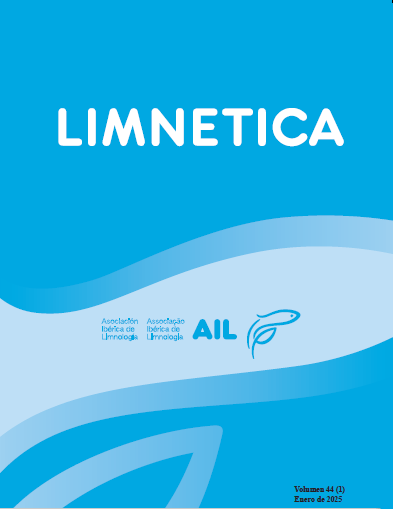Female oviposition preferences and larval behavior of the Aedes aegypti mosquito (Linnaeus, 1762) exposed to predator cues (Odonata: Libellulidae)
Female oviposition and larval behavior of the Aedes aegypti mosquito
Laburpena
The reproductive success of mosquitoes is heavily influenced by females' ability to select suitable oviposition sites for the proper development of their offspring. Many of these potential habitats may harbor predators, and the detection of these predators is crucial for assessing the risk of predation, which can, in turn, influence the behavior of the prey. However, there are often trade-offs to consider, which can impact the life history of these organisms. In our study, we investigated the oviposition preferences and larval behavioral responses of the Aedes aegypti mosquito when exposed to cues from predators and the actual presence of predation by Libellulidae (Odonata) larvae. We observed the mosquito's choices regarding oviposition with and without predation cues for a duration of ten weeks, following 48 hours of exposure. Additionally, we measured larval behavior across various treatments, including those with predation cues, predator cues, the presence of larvae, and controls with only water. Our findings revealed that the highest preference for oviposition occurred in containers with both predator cues and actual predation (68.7%), possibly due to a higher organic matter content in these habitats. Furthermore, we noted significant changes in larval behavior in response to predation cues, including evasive behaviors. When facing the risk of predation, larvae spent more time near the container's edges and exhibited discrete feeding behaviors. Conversely, in the absence of predation risk, larvae explored the entire environment by swimming vigorously. These results highlight the significance of anti-predatory behaviors triggered by the recognition of predation cues in the context of Ae. aegypti's reproductive success. Additionally, we observed that the presence of an ample supply of food resources appeared to positively influence the mosquito's choices, even though such decisions carried the inherent risk of predation for the offspring.
##submission.downloads##
Argitaratuta
Zenbakia
Atala
##submission.license##
Los autores que publican en esta revista están de acuerdo con los siguientes términos:
- Limnetica está bajo una licencia de Creative Commons Atribución-NoComercial 4.0 Internacional.
b. Los autores pueden establecer por separado acuerdos adicionales para la distribución no exclusiva de la versión de la obra publicada en la revista (por ejemplo, situarlo en un repositorio institucional o publicarlo en un libro), con un reconocimiento de su publicación inicial en esta revista.
c. Se permite y se anima a los autores a difundir sus trabajos electrónicamente (por ejemplo, en repositorios institucionales o en su propio sitio web) antes y durante el proceso de envío, ya que puede dar lugar a intercambios productivos, así como a una citación más temprana y mayor de los trabajos publicados (Véase The Effect of Open Access) (en inglés).


